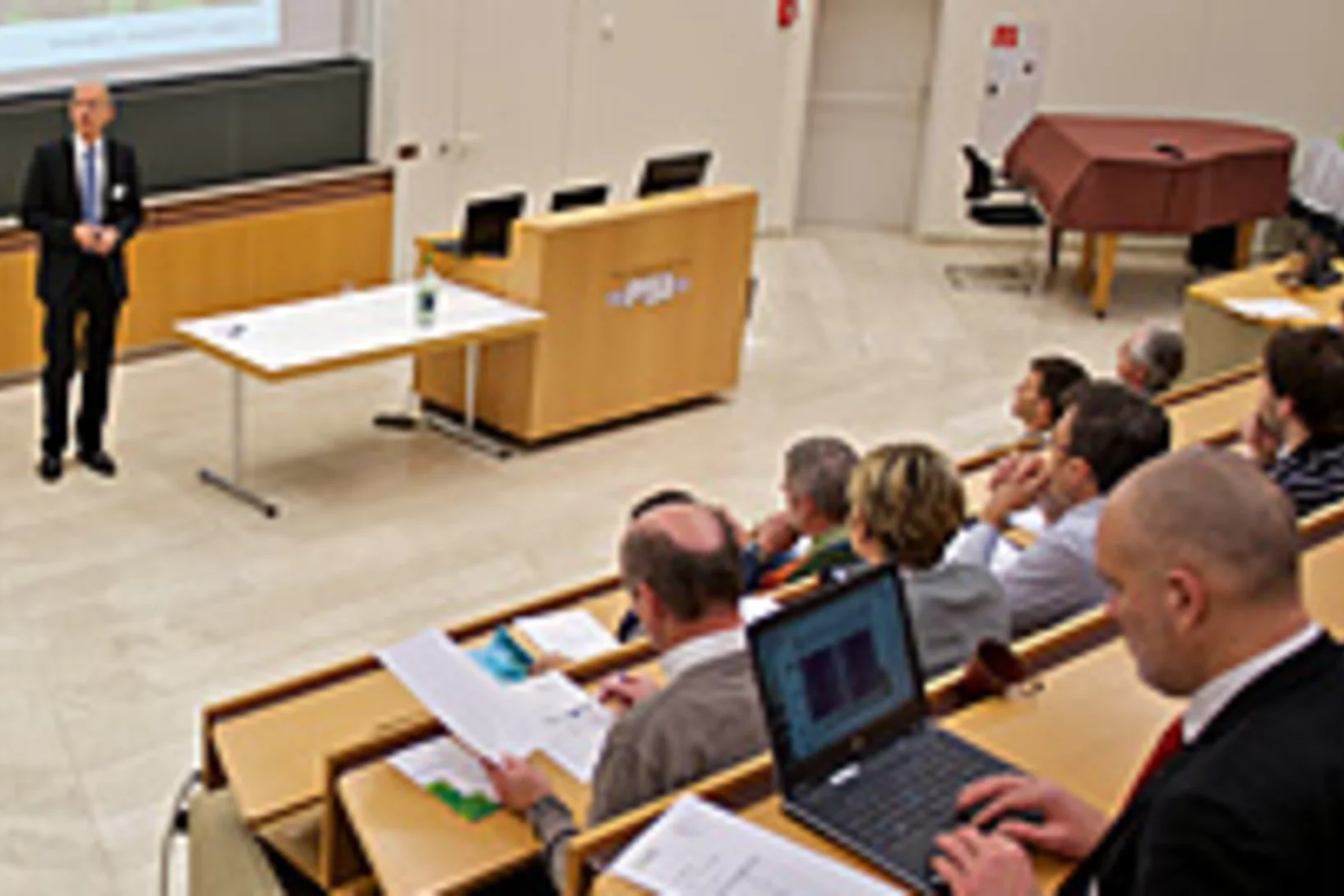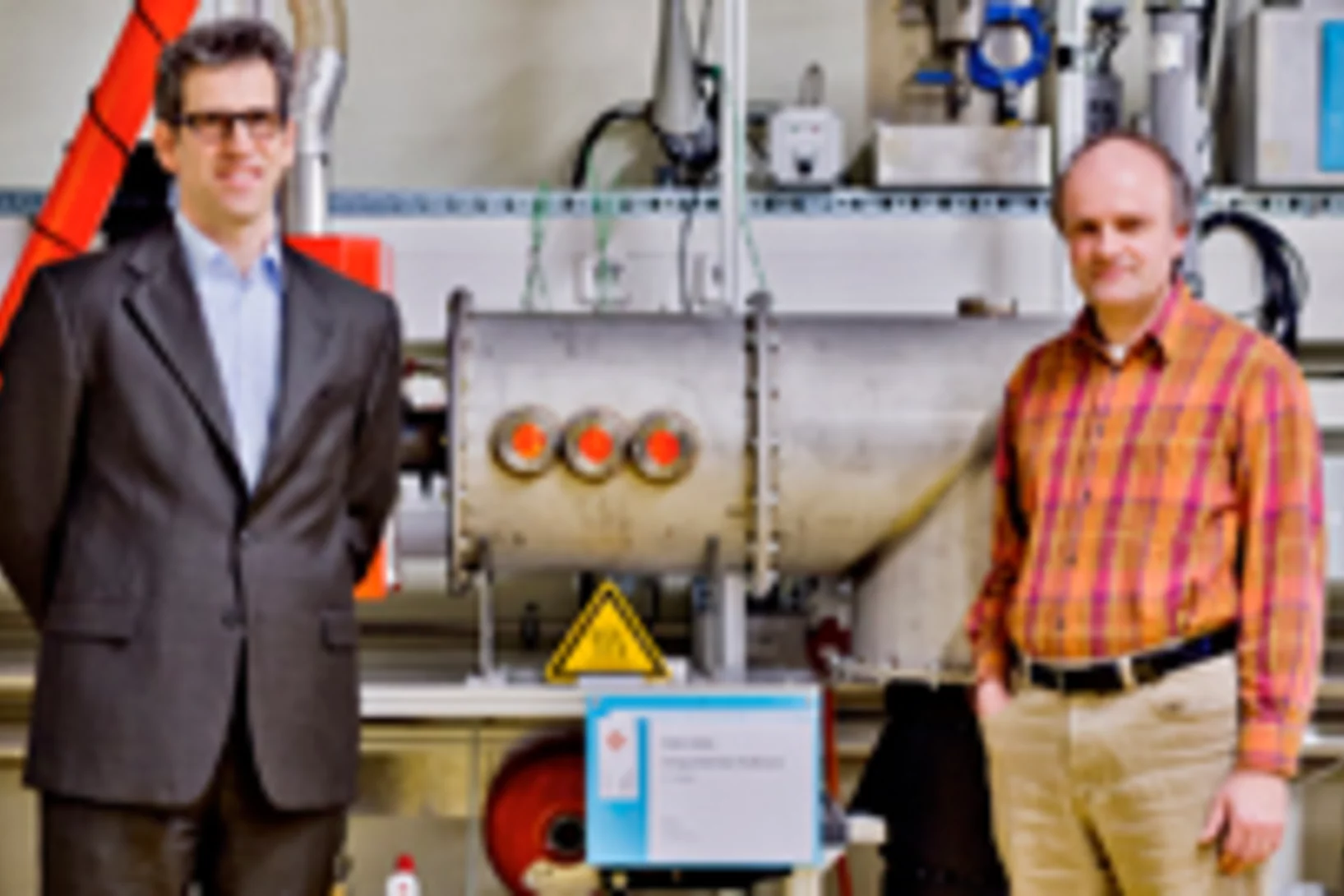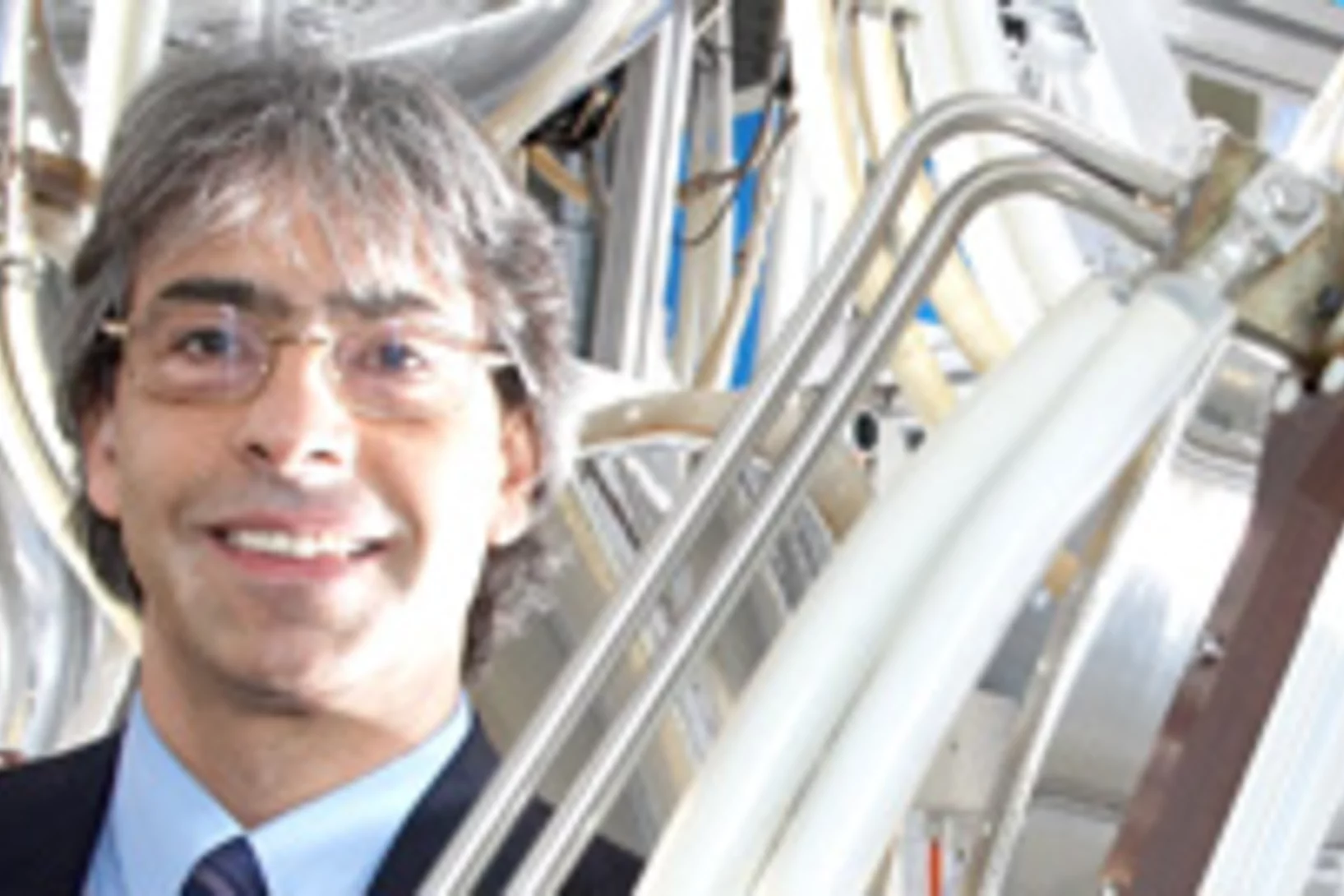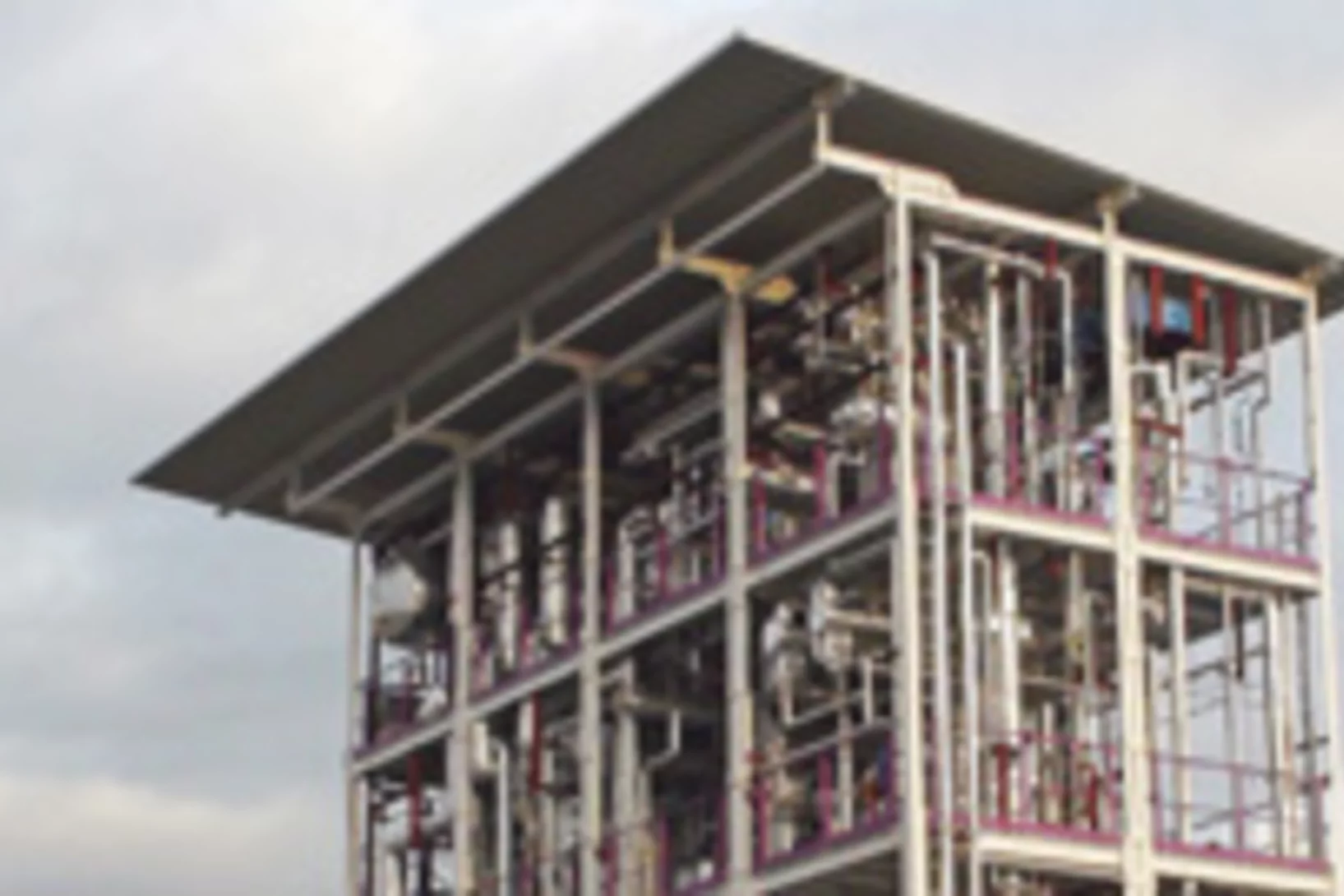Show filters
Biomasse als Stütze der Energiewende
Mit 80 Teilnehmerinnen und Teilnehmern fand am 2. Dezember am Paul Scherrer Institut PSI die erste Jahreskonferenz des Kompetenzzentrums des Bundes für Bioenergie (SCCER BIOSWEET) statt. Das im Rahmen des Aktionsplans Energieforschung Schweiz gegründete Kompetenzzentrum definierte in der Tagung die Ziele, Strategien und Positionierung der Bioenergie-Forschung vor dem Hintergrund der neuen schweizerischen Energiepolitik.This news release is only available in German.
New Renewables on integration course
The Swiss government’s Energy Strategy 2050 includes a significant expansion of renewable energy such as solar and wind power. The integration of this electric energy, which is produced in a decentralised way and with temporal fluctuations, poses a major challenge for power grids. One possible solution involves using the electricity surplus that would otherwise overload the grid for the production of gases such as hydrogen or methane. The electric energy would thus be stored temporarily in form of chemical energy. These gaseous energy carriers can be converted back into electricity, heat or kinetic energy (in gas engines) at a later date as and when needed. Dubbed power to gas, the concept is the focus of the new Energy System Integration (ESI) Platform at PSI.
Joint venture in the bioenergy and resource efficiency sector: PSI and FHNW establish joint institute
The Institute of Biomass and Resource Efficiency was founded by the two institutions, PSI (Paul Scherrer Institute) and FHNW (University of Applied Sciences Northwestern Switzerland), at the start of 2013. The aim of this new institute is to tackle the issue of resource efficiency throughout Switzerland, concentrating simultaneously on energy and material for the first time, and to thus make a significant contribution to the Federal Government’s "Energy Strategy 2050". The focus is on the sustainable use of biomass.
«Facettenauge» liefert Strom
«swisselectric research award 2011»Kostengünstiger Strom aus Sonnenenergie: Der Maschinenbauingenieur Illias Hischier hat einen Sonnenstrahlempfänger entwickelt, der die aufgenommene Energie über eine Gasturbine für die hocheffiziente Stromerzeugung nutzt. Hischier hat den Empfänger als Doktorand an der ETH Zürich in Zusammenarbeit mit dem Labor für Solartechnik am Paul Scherrer Institut entwickelt. Er erhält dafür den «swisselectric research award 2011».This news release is only available in German.
Benzin aus Wasser, CO2 und Sonnenlicht
Einem Forschungsteam um Aldo Steinfeld ist es gelungen, mit Solarenergie aus Wasser und Kohlendioxid Treibstoff zu erzeugen. Dazu haben die Wissenschaftler einen Solar-Reaktor entwickelt, in dem konzentrierte Sonnenstrahlung das dafür nötige thermochemische Verfahren antreibt.This news release is only available in German.
Producing Synthetic Natural Gas from Wood
PSI researchers are investigating methods for converting wood waste into synthetic natural gas that could be fed into the public gas grid. Switzerland has enough wood available to cover several percent of its total energy requirements. Energy production from wood is CO2-neutral, due to the fact the CO2 formed during combustion would otherwise be released when the wood rotted down. Unlike the direct combustion of wood, however, use of this synthetic gas produces no harmful particulate matter.
Treibstoff aus Sonnenenergie
Solar researcher Aldo Steinfeld, Laboratory Head at PSI and Professor at ETH Zurich, wins the Yellot Award awarded by the American Society of Mechanical Engineers (ASME) for his research on renewable energy.This news release is only available in German.
In Zukunft kommt das Brennholz aus der Gasleitung
Forschende des Paul Scherrer Instituts (PSI) haben mit Kollegen der TU Wien ein Verfahren entwickelt, mit dem man Erdgas aus Holz erzeugen kann. An einer Testanlage wurde das Verfahren im technischen Massstab erfolgreich erprobt. Für Ihre Arbeit erhalten die PSI-Forschenden am 8. Januar die Auszeichnung Watt d'Or.This news release is only available in French and German.








